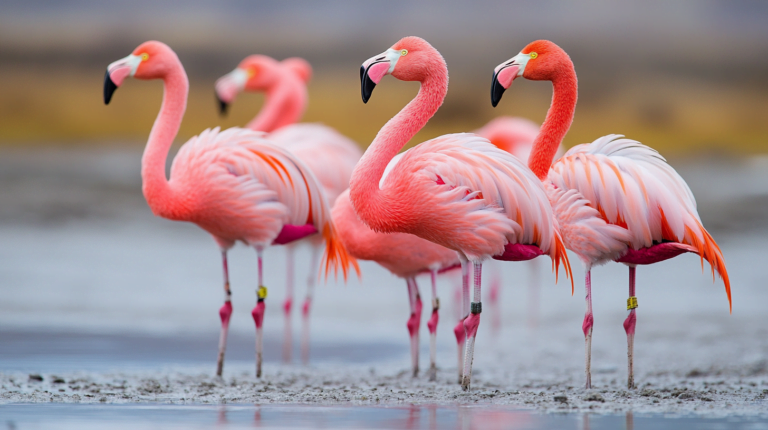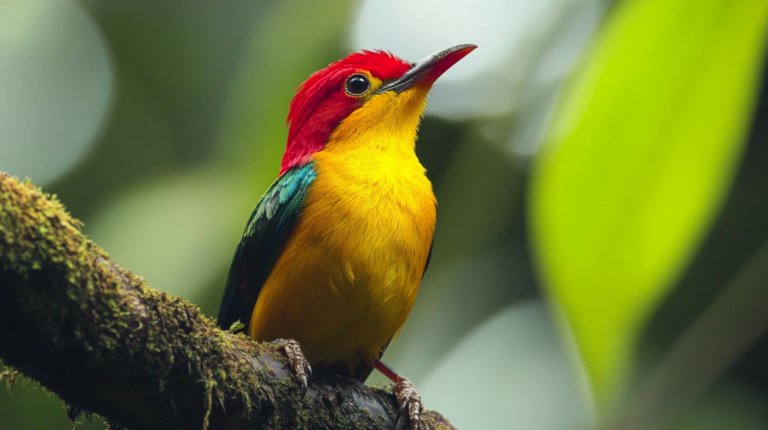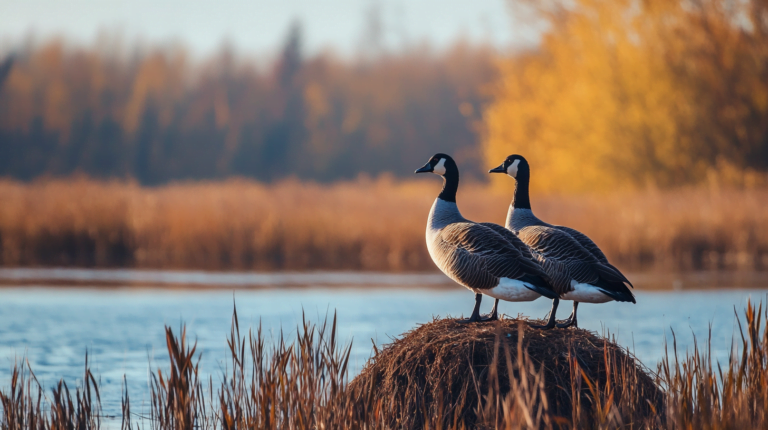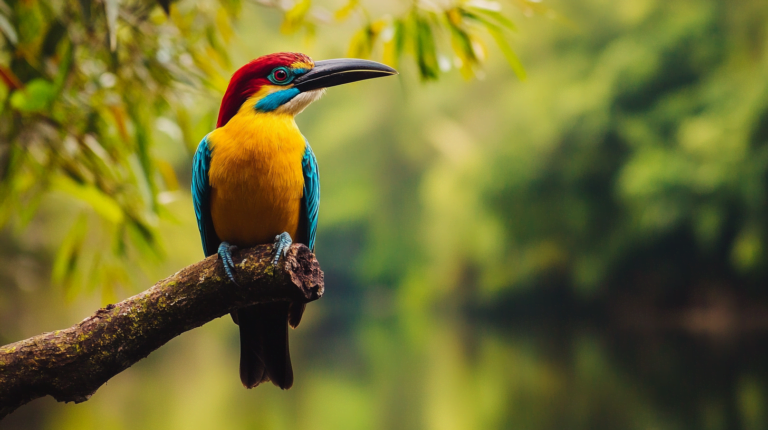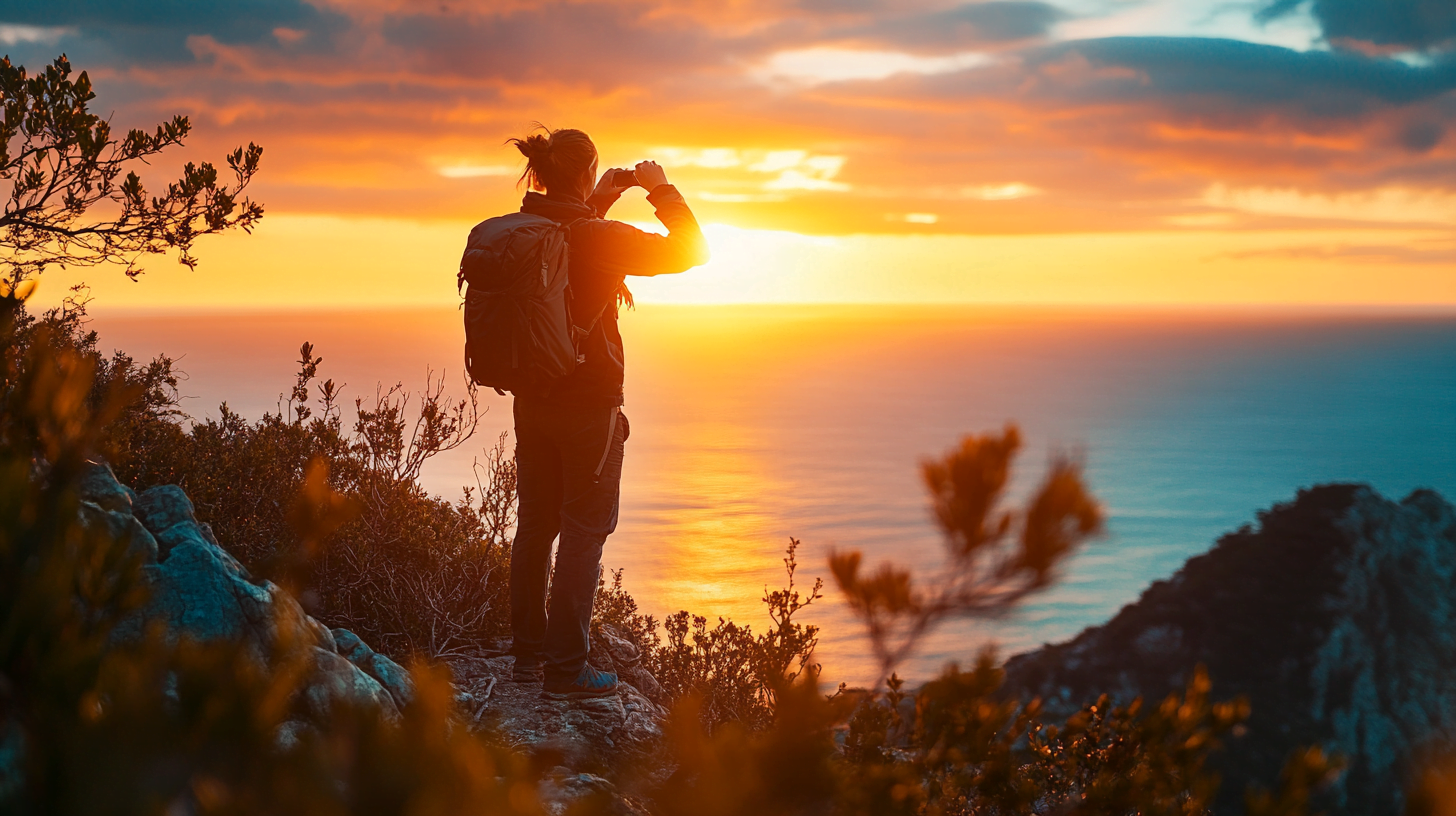
Table of Contents
Birdwatching, or birding, is a beloved pastime for many nature enthusiasts. The United States, with its diverse ecosystems and vast landscapes, offers some of the best birdwatching spots in the world. Whether you’re a seasoned birder or a curious beginner, this guide will help you discover the top birdwatching locations across the country, along with essential tips and resources to enhance your birdwatching experience.
Top Birdwatching Spots in the United States
Montrose Point Bird Sanctuary, Chicago, IL
Montrose Point Bird Sanctuary, often referred to as “The Magic Hedge,” is a premier birdwatching destination located on the shores of Lake Michigan. This urban oasis attracts a wide variety of migratory birds, making it a hotspot for birders.
- Bird Species: During migration seasons, you can spot warblers, sparrows, thrushes, and even rare species like the Kirtland’s Warbler.
- Visitor Tips: The best times to visit are during spring and fall migrations. Early mornings are ideal for birdwatching. The sanctuary is accessible year-round, with amenities like parking and restrooms available.
Seven Islands State Birding Park, Kodak, TN
Nestled in the foothills of the Great Smoky Mountains, Seven Islands State Birding Park is a haven for birdwatchers. The park’s diverse habitats, including grasslands, wetlands, and woodlands, support a rich bird population.
- Bird Species: Look for species such as the Northern Bobwhite, Eastern Meadowlark, and various waterfowl.
- Visitor Tips: Visit during spring and fall for the best birdwatching opportunities. The park offers well-maintained trails and observation points.
Henderson Bird Viewing Preserve, Henderson, NV
Located in the Mojave Desert, the Henderson Bird Viewing Preserve is an unexpected gem for birdwatchers. The preserve’s ponds and wetlands attract a variety of bird species, especially during migration periods.
- Bird Species: Common sightings include the American Avocet, Black-necked Stilt, and various species of ducks and shorebirds.
- Visitor Tips: Early mornings and late afternoons are the best times to visit. The preserve has accessible trails and observation decks.
Leonabelle Turnbull Birding Center, Port Aransas, TX
The Leonabelle Turnbull Birding Center, situated on the Texas Gulf Coast, is renowned for its rich birdlife and scenic views. The center’s boardwalks and observation towers provide excellent vantage points for birdwatching.
- Bird Species: Expect to see Roseate Spoonbills, Reddish Egrets, and a variety of shorebirds and waterfowl.
- Visitor Tips: The best times to visit are during spring and fall migrations. The center is equipped with amenities like parking and restrooms.
Beaver Lake Bird Sanctuary, Asheville, NC
Beaver Lake Bird Sanctuary, located in the heart of Asheville, offers a peaceful retreat for birdwatchers. The sanctuary’s wetlands and woodlands provide a habitat for a diverse array of bird species.
- Bird Species: Look for species such as the Wood Duck, Great Blue Heron, and various songbirds.
- Visitor Tips: Visit during early mornings for the best birdwatching experience. The sanctuary has well-maintained trails and observation points.
Birding Station at Jeffrey Point, Chandlersville, OH
Jeffrey Point in Chandlersville, Ohio, is a lesser-known but excellent birdwatching spot. The area’s mix of forests, fields, and wetlands attracts a variety of bird species.
- Bird Species: Common sightings include the Eastern Bluebird, Red-tailed Hawk, and various warblers.
- Visitor Tips: Spring and fall are the best times to visit. The station offers trails and observation areas.
Everglades National Park, FL
Everglades National Park, a UNESCO World Heritage Site, is a birdwatcher’s paradise. The park’s vast wetlands and diverse ecosystems support a wide range of bird species.
- Bird Species: Notable species include the Roseate Spoonbill, Wood Stork, and various raptors and wading birds.
- Visitor Tips: Winter and early spring are the best times to visit. The park offers guided birdwatching tours and numerous observation points.
Monhegan Island, ME
Monhegan Island, located off the coast of Maine, is a renowned birdwatching destination, especially during migration seasons. The island’s rugged terrain and coastal habitats attract a variety of bird species.
- Bird Species: Look for species such as the Black-throated Green Warbler, Northern Gannet, and various seabirds.
- Visitor Tips: Spring and fall migrations are the best times to visit. The island offers trails and observation points.
Hawk Ridge Bird Observatory, MN
Hawk Ridge Bird Observatory in Duluth, Minnesota, is famous for its raptor migrations. The observatory’s location on a ridge overlooking Lake Superior provides an ideal vantage point for observing migrating birds of prey.
- Bird Species: Expect to see species such as the Bald Eagle, Peregrine Falcon, and various hawks.
- Visitor Tips: Fall is the best time to visit for raptor migrations. The observatory offers guided tours and educational programs.
Chincoteague National Wildlife Refuge, VA
Chincoteague National Wildlife Refuge, located on Virginia’s Eastern Shore, is a prime birdwatching destination. The refuge’s diverse habitats, including beaches, marshes, and forests, support a wide range of bird species.
- Bird Species: Notable species include the Snowy Egret, Piping Plover, and various shorebirds and waterfowl.
- Visitor Tips: Spring and fall migrations are the best times to visit. The refuge offers trails, observation points, and guided tours.
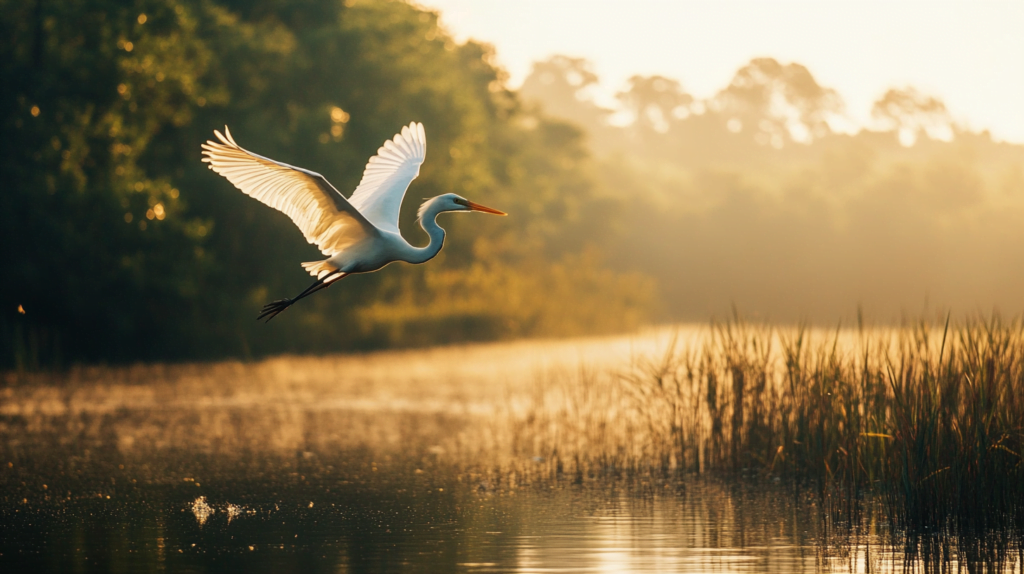
Essential Tips for Birdwatchers
How to Get Started with Birdwatching
Starting your birdwatching journey can be both exciting and overwhelming. Here are some tips to help you get started:
- Choosing the Right Spot: Select birdwatching locations that are known for their bird diversity. National parks, wildlife refuges, and local nature reserves are great places to start.
- Basic Equipment: Invest in a good pair of binoculars and a field guide to help you identify birds. A notebook or birdwatching app can be useful for logging your sightings.
- Learning to Identify Birds: Pay attention to key features such as size, shape, color, and behavior. Join local birdwatching groups or online communities to learn from experienced birders.
Best Times for Birdwatching
Timing is crucial for successful birdwatching. Here are some tips on when to go birdwatching:
- Seasonal Considerations: Spring and fall migrations are the best times to see a variety of bird species. Winter is ideal for spotting waterfowl and raptors, while summer is great for observing breeding birds.
- Daily Routines: Early mornings and late afternoons are the best times for birdwatching, as birds are most active during these periods.
Birdwatching Etiquette
Respecting wildlife and fellow birdwatchers is essential for a positive birdwatching experience. Here are some etiquette tips:
- Respecting Wildlife: Keep a safe distance from birds and their nests. Avoid making loud noises or sudden movements that could disturb them.
- Interacting with Other Birders: Be courteous and share sightings with fellow birdwatchers. Avoid crowding around a single bird and give others a chance to observe.
Advanced Birdwatching Tips
Once you’ve mastered the basics, here are some advanced tips to enhance your birdwatching experience:
- Using Technology: Utilize birdwatching apps like eBird and Merlin Bird ID for identifying and logging sightings. These apps can also help you find nearby birdwatching hotspots.
- Photography Tips: Invest in a good camera with a telephoto lens to capture detailed bird photos. Practice patience and learn to anticipate bird movements for the best shots.
- Joining Birdwatching Groups: Joining local birdwatching clubs or organizations can provide valuable learning opportunities and a sense of community. Participate in birdwatching events and guided tours to enhance your skills.
Additional Resources for Birdwatchers
Recommended Field Guides and Books
Having the right resources can greatly enhance your birdwatching experience. Here are some recommended field guides and books:
- “The Sibley Guide to Birds” by David Allen Sibley: A comprehensive field guide with detailed illustrations and descriptions.
- “National Geographic Field Guide to the Birds of North America”: A popular guide with extensive information on bird species.
- “Birds of North America” by Kenn Kaufman: A user-friendly guide with photographs and concise descriptions.
Birdwatching Apps and Websites
Technology can be a valuable tool for birdwatchers. Here are some recommended apps and websites:
- eBird: A global database of bird sightings that allows you to log your observations and explore birdwatching hotspots.
- Merlin Bird ID: An app that helps you identify birds based on their appearance and behavior.
- All About Birds: A website by the Cornell Lab of Ornithology with extensive information on bird species and birdwatching tips.
Birdwatching Organizations and Clubs
Joining birdwatching organizations can provide valuable resources and a sense of community. Here are some recommended groups:
- Audubon Society: A national organization dedicated to bird conservation and education. Local chapters offer birdwatching events and resources.
- American Birding Association: A national organization that provides resources, events, and a community for birdwatchers.
- Local Birdwatching Clubs: Many areas have local birdwatching clubs that offer guided tours, workshops, and social events.
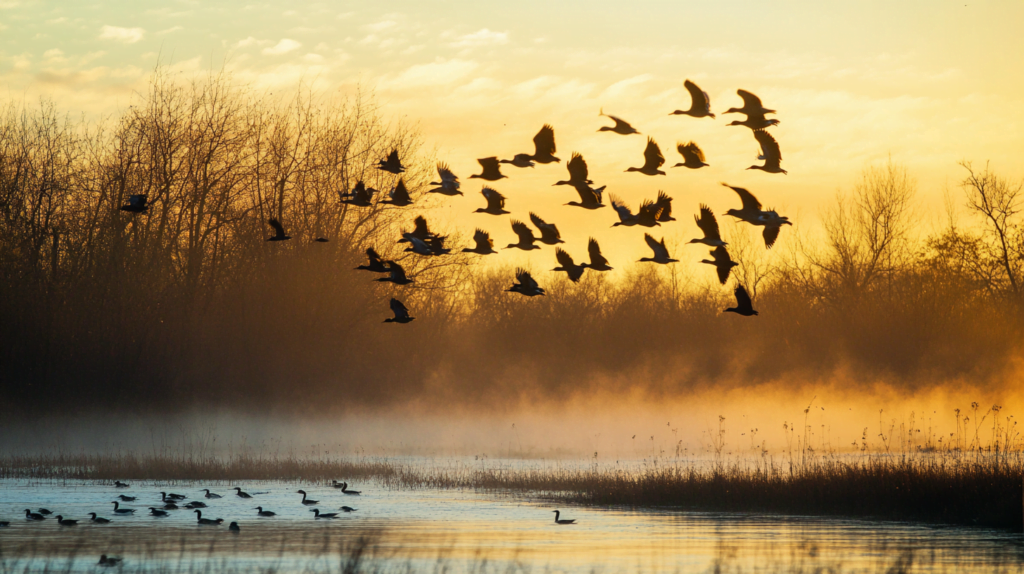
Conclusion
Birdwatching is a rewarding and enriching hobby that allows you to connect with nature and observe the beauty of birds. The United States offers a wealth of birdwatching spots, each with its unique bird species and habitats. Whether you’re exploring the wetlands of the Everglades or the urban oasis of Montrose Point, there’s always something new to discover. So grab your binoculars, head to one of these top birdwatching spots, and enjoy the wonders of birdwatching.
Frequently Asked Questions about Birdwatching
What is the best time of year for birdwatching?
The best times for birdwatching are during spring and fall migrations when many bird species are on the move. Winter is also great for spotting waterfowl and raptors, while summer is ideal for observing breeding birds.
Do I need expensive equipment to start birdwatching?
No, you don’t need expensive equipment to start birdwatching. A good pair of binoculars and a field guide are sufficient for beginners. As you gain experience, you can invest in more advanced equipment like a spotting scope or a camera.
How can I find local birdwatching spots?
You can find local birdwatching spots by joining birdwatching groups, using birdwatching apps like eBird, and visiting local nature reserves and parks. Online forums and social media groups can also provide valuable information on nearby birdwatching locations.
What should I do if I can’t identify a bird?
If you can’t identify a bird, take notes on its key features such as size, color, and behavior. Use a field guide or birdwatching app to help with identification. You can also ask for help from experienced birdwatchers or online communities.
Are there any birdwatching apps you recommend?
Yes, some recommended birdwatching apps include eBird for logging sightings and finding hotspots, Merlin Bird ID for identifying birds, and Audubon Bird Guide for detailed information on bird species.
By following these tips and exploring the best birdwatching spots in the United States, you’ll be well on your way to becoming an avid and knowledgeable birder. Happy birdwatching!
